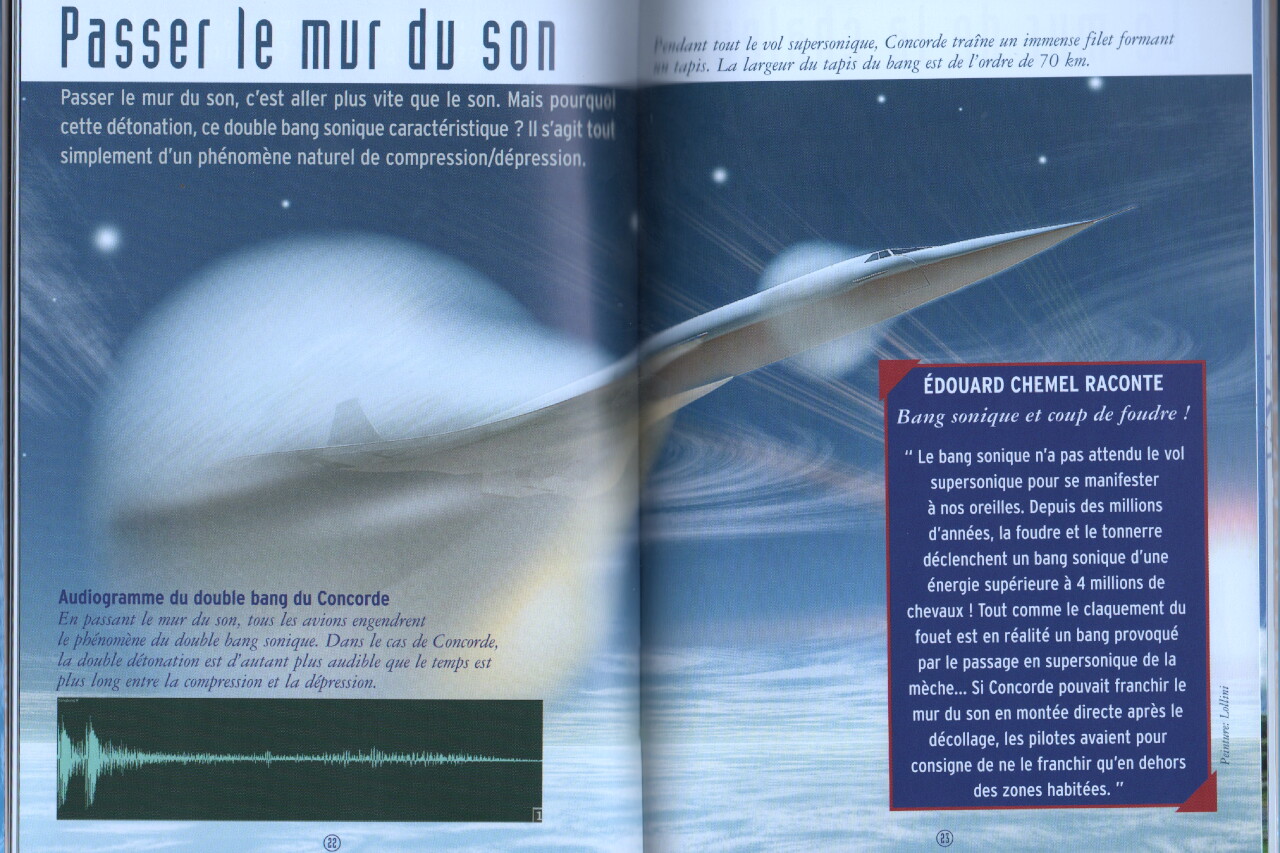Concorde Supersonic Airliner Prototype No. 001, Le Bourget
In 1956, the Government's Supersonic Transport Advisory Committee (STAC) was established in the United Kingdom to coordinate the development of a supersonic passenger aircraft. With his funding, the Bristol Aeroplane Company by 1962 developed a design for the Bristol 233 aircraft, capable of crossing the Atlantic at twice the speed of sound (Mach 2) and accommodating 100 passengers. The aircraft had a delta-shaped wing, four engines in twin underwing engine nacelles and a deflected nose cone. Around the same time, the French companies Sud Aviation SNECMA and Dassault were jointly developing the Super-Caravelle, which was also funded by the government, their project was intended for intra-European airlines, so it had a more modest capacity and range. In 1961, BAC invited Sud Aviation to join forces, which allowed them to share the cost of creating an airliner.
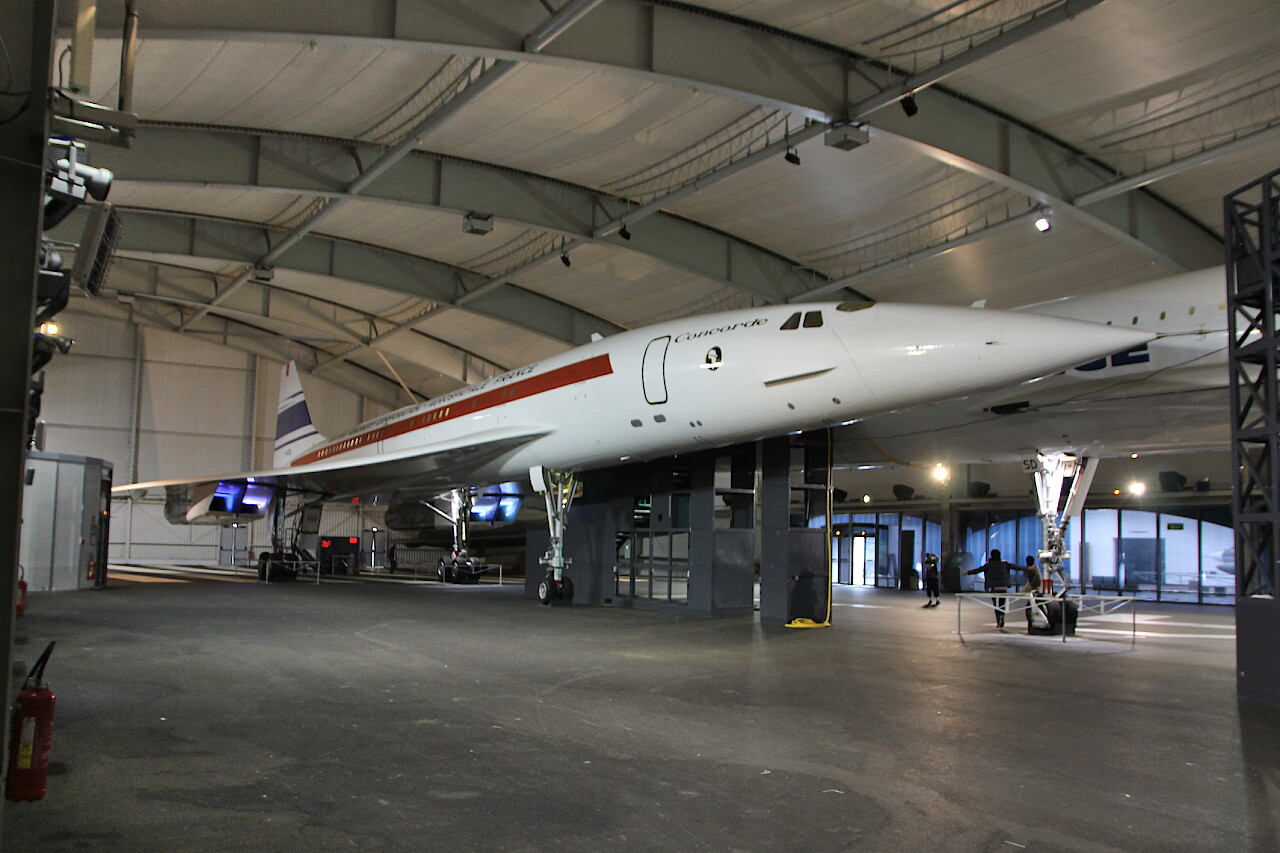
After much coordination, which was joined by the governments of both countries, on October 25, 1962, an agreement was signed between France and the United Kingdom on the construction of a supersonic civil aircraft called BAC - Sud Aviation Concorde. Since the British took over the work on the engines, most of the development of the airframe went to the French. First of all, we had to solve the problems of the language barrier and different measurement systems. A compromise was quickly found: the design documentation was conducted in English, since French engineers mostly knew it, and the dimensions and other parameters in the drawings, where there were nodes of both developers, were duplicated in metric and British units. In February 1965, both sides began building prototypes, although design work continued until early 1966.
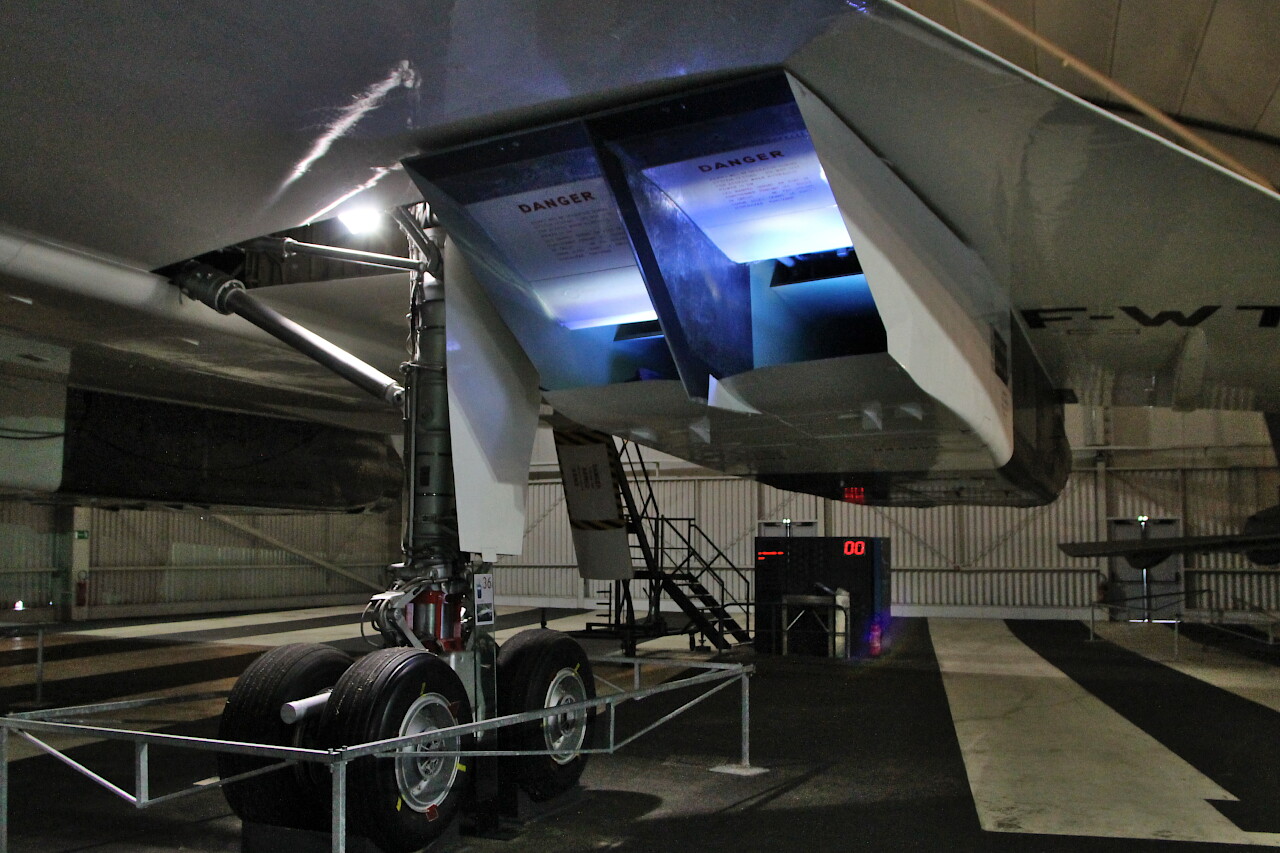
Concorde No. 001 was built at the Sud Aviation plant in Toulouse and made its first flight from the factory airfield at 15:30 on March 2, 1969. The aircraft was operated by a crew of four test pilots, led by André Turcat. The test flight was announced in advance, a live television broadcast was conducted, a huge number of spectators and journalists gathered around the airfield, after the Concorde landed, more than a thousand gendarmes barely restrained the enthusiastic crowd trying to break through to the airfield. The crew was greeted with a standing ovation, André Turcat said at a press conference: "You can see that the car is flying, and I can add that it is flying well! This first attempt is not completion, but the start of a new job. It will be months and years before we can announce that passengers can take a seat on board."
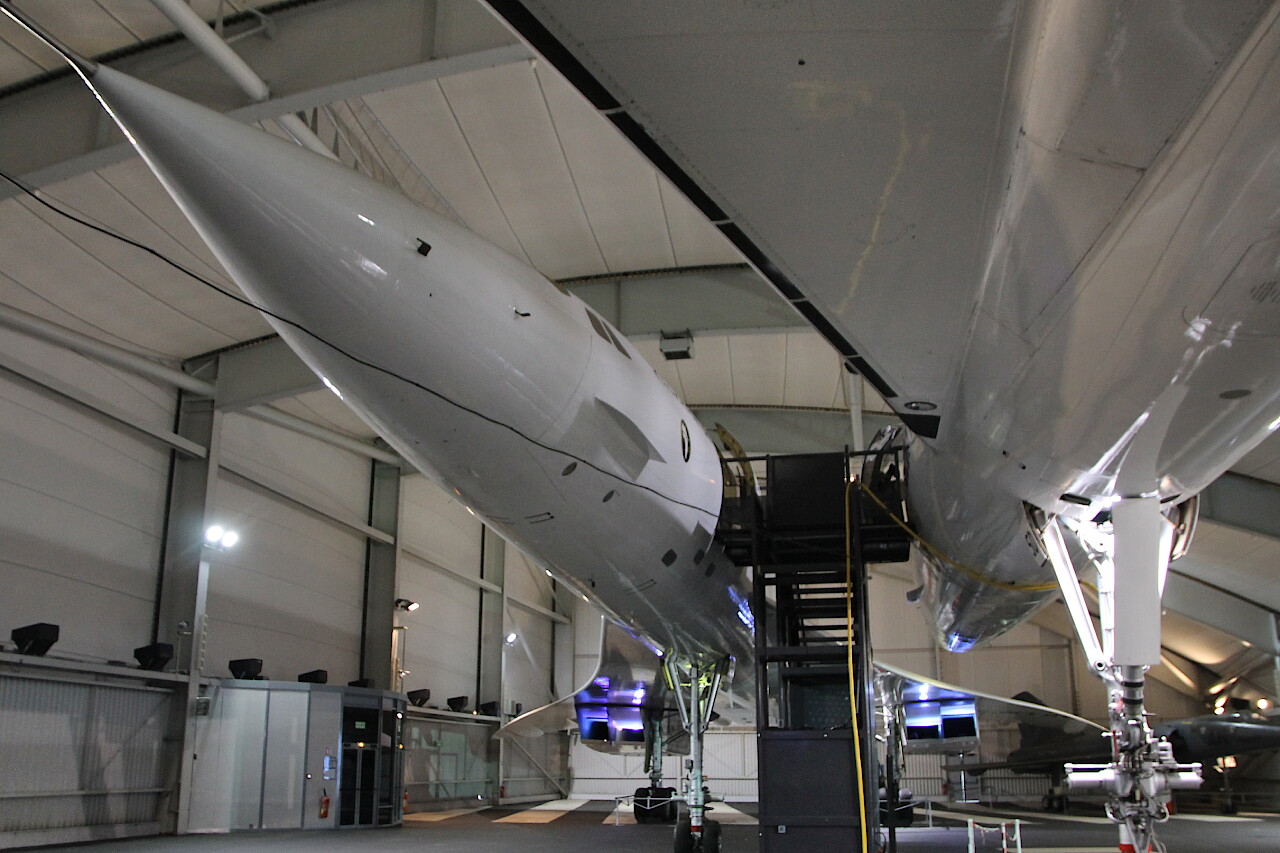
In June of the same year, the British prototype No. 002 also took off.I must say that a similar Soviet Tu-144 aircraft first took off on December 31, 1968, but it never received commercial success. In May 1969, Concorde No. 001 was presented at the Le Bourget Air Show, where it made a half-hour demonstration flight at a speed of 500 kilometers per hour. On October 1, 1969, the French prototype first overcame the speed of sound, and on November 4, 1970, it flew at a speed of Mach 2. The test program was completed in June 1971. On May 17, 1971, President Georges Pompidou became the first head of state to fly at Mach 2, confirming France's status as a great aviation power.
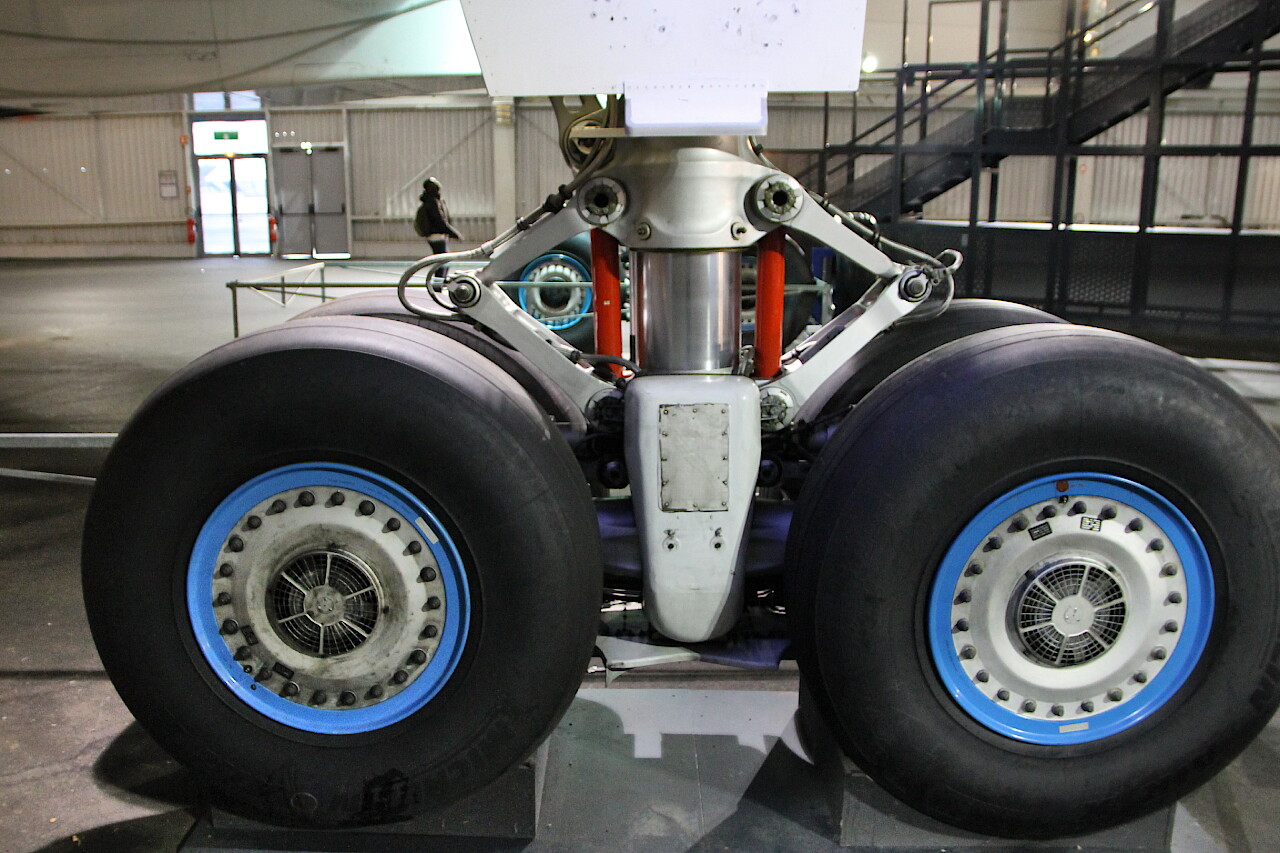
In 1973, this "Concorde" participated in the "Solar Eclipse" project, for which additional portholes were made in the upper part of the cabin. For one hour and fourteen minutes, the liner moved in the shadow of the Moon over the territory of Africa, this is the longest period of observation of a solar eclipse in history. The plane still carries the livery of the Solar Eclipse project.
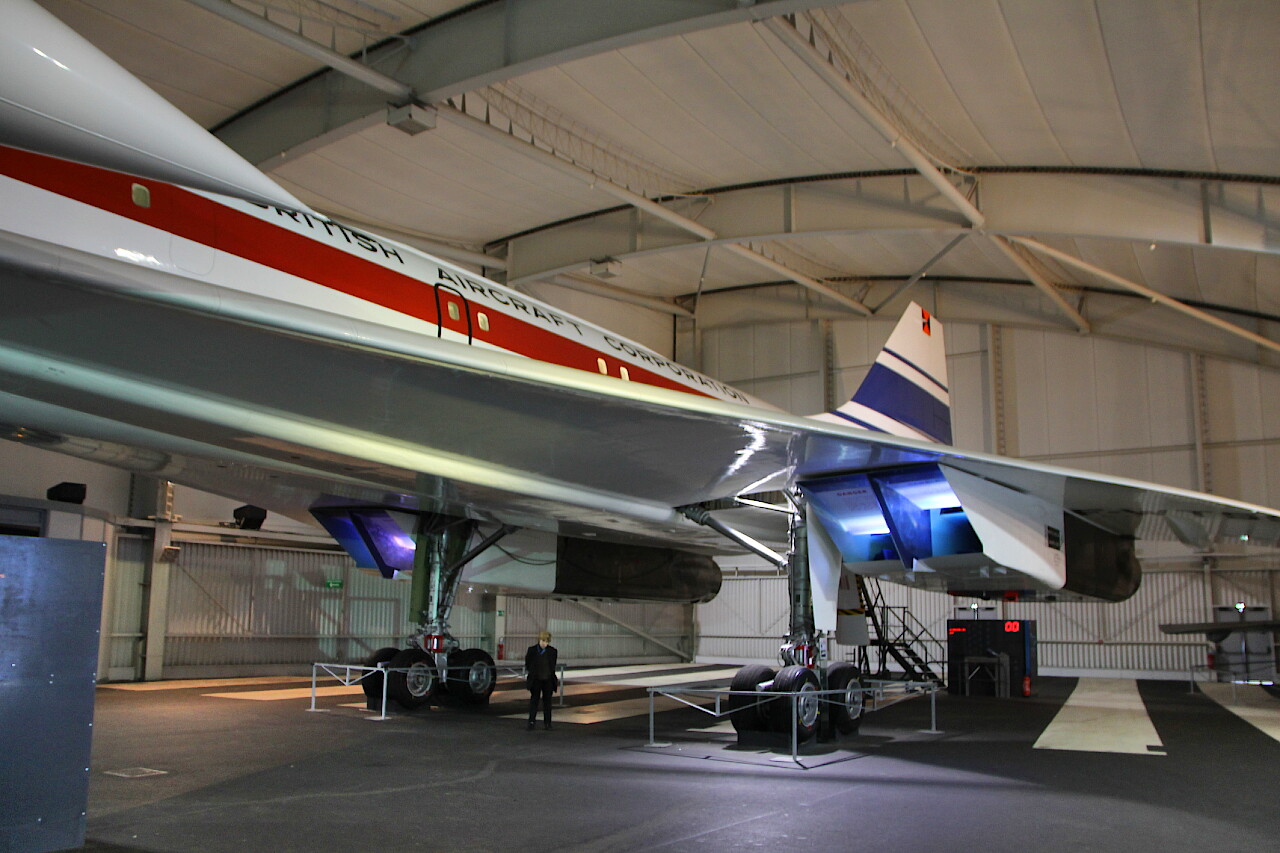
"Concorde" under the number 001 was not intended for commercial operation, many tests were conducted on it, which subsequently ensured the safe operation of production aircraft. Part of the flights was devoted to environmental issues, they studied the impact of a shock wave when overcoming the sound barrier, and the engines were refined to reduce noise and soot in the exhaust.
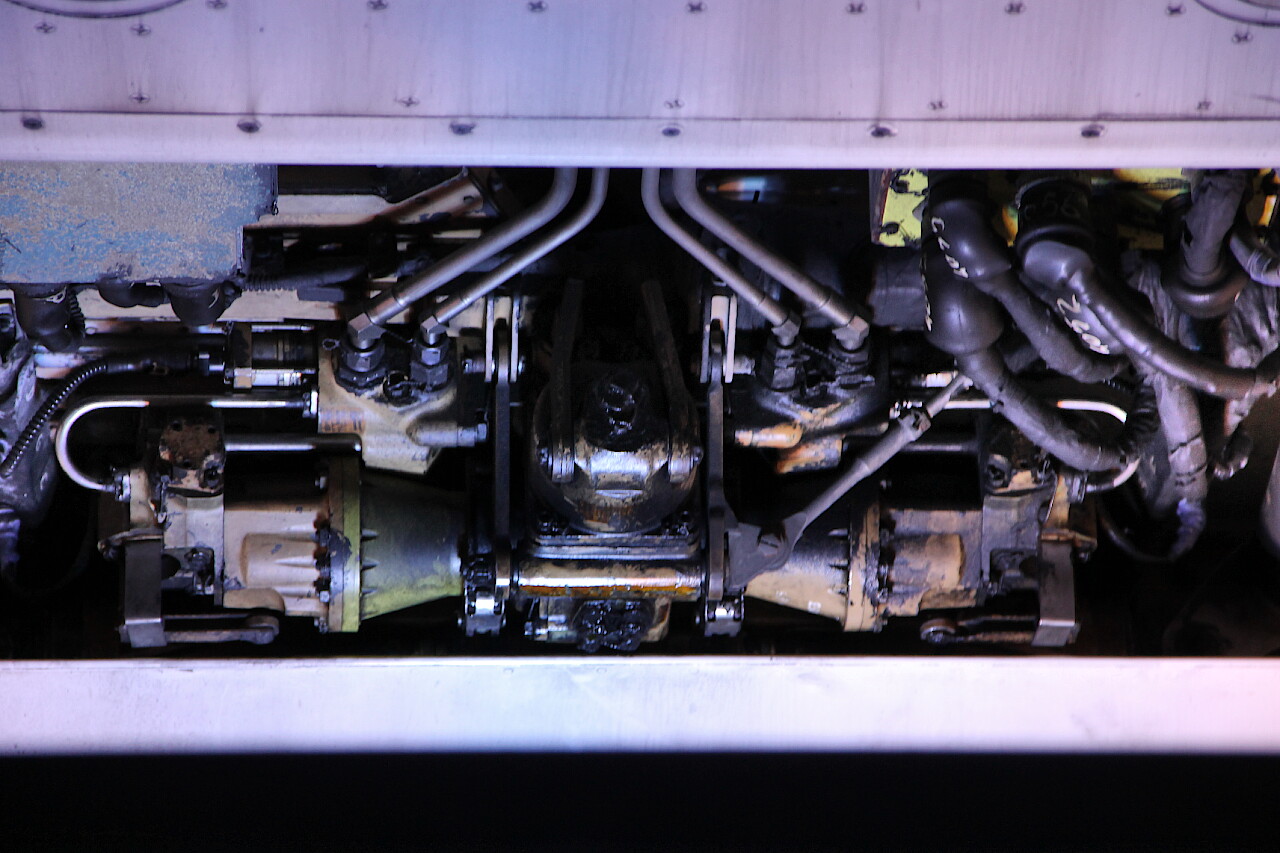
Due to frequent flights in extreme conditions, the prototype's flight life was short-lived, having flown 812 hours, including 255 at supersonic speed, on October 19, 1973, Concorde 001 made its 397th flight, landing at the airfield in Le Bourget, where it took up a place in the open parking lot of the Air and Space Museum.
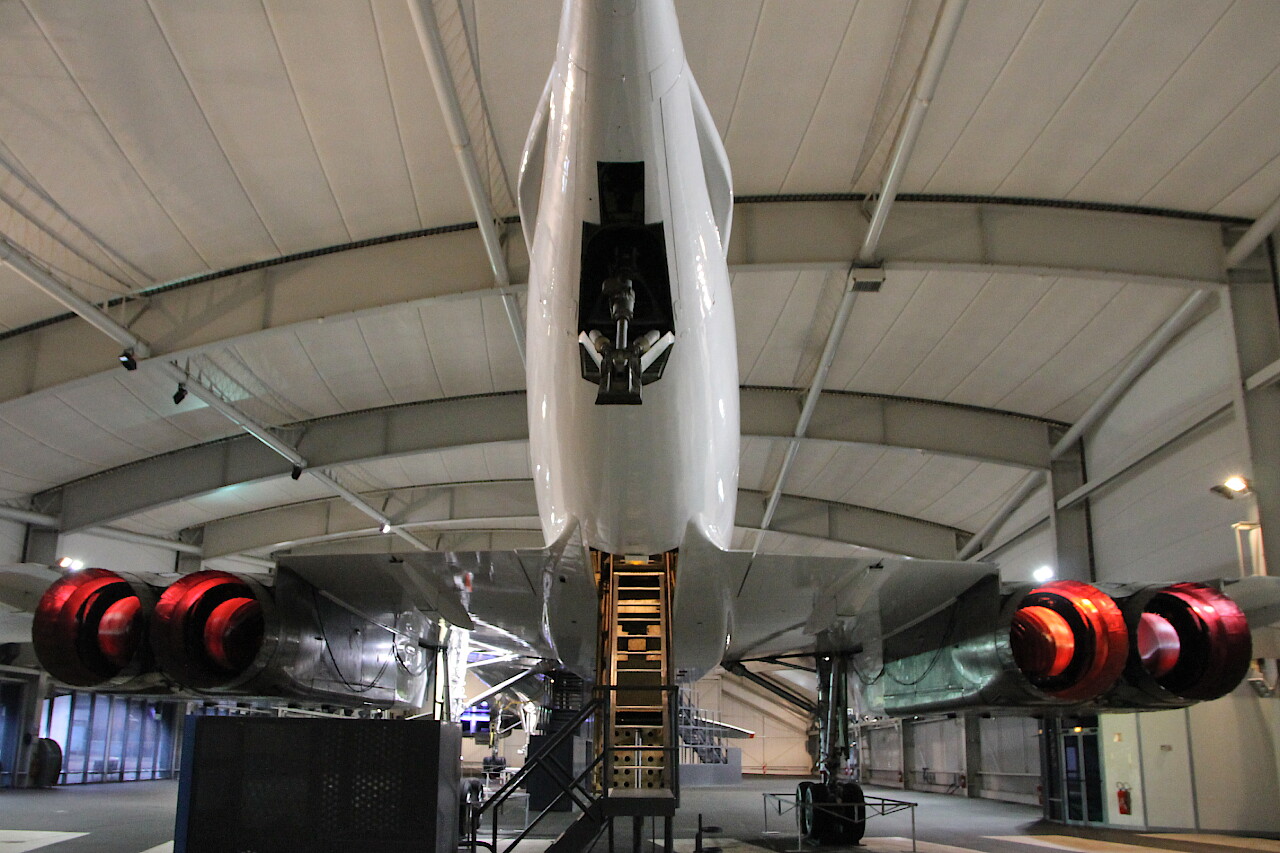
The plane was exposed for more than 20 years, which affected its condition. In May 1994, restoration work began and the aircraft was taken apart. The restoration of parts took more than 10,000 work hours. In June 1995, during the Paris Air Show, the updated Concorde was presented to the public, and the following year it took a place in a special hall of the museum.

The first copy of the "Concorde" can be viewed not only from the outside, but also climb on board and visit the pilot's cabin, for this you need to purchase a separate ticket at the museum ticket office.
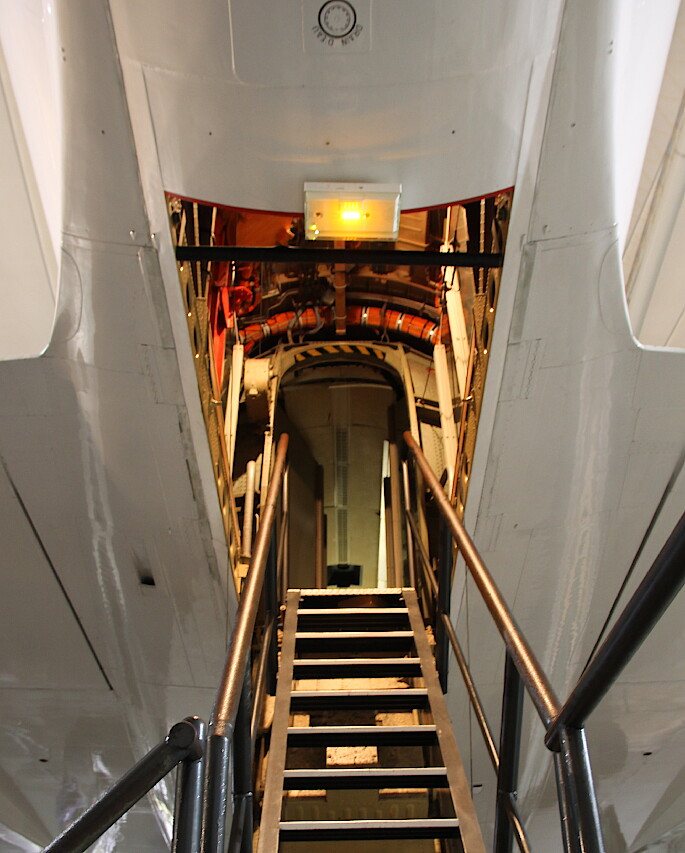
Characteristics of the Concord No. 001 prototype: wingspan 25.56 m, length 56.24 m, height 12.11 m, wing area 358.25 m2, curb weight 154,000 kg, maximum speed 2200 km / h, practical ceiling 18,000 m, range 5200 km. The aircraft is equipped with 4 Bristol Siddeley/SNECMA Olympus 593 B Stage 1 turbojets with a working thrust of 13,435 kg and 17,100 kg on the afterburner.
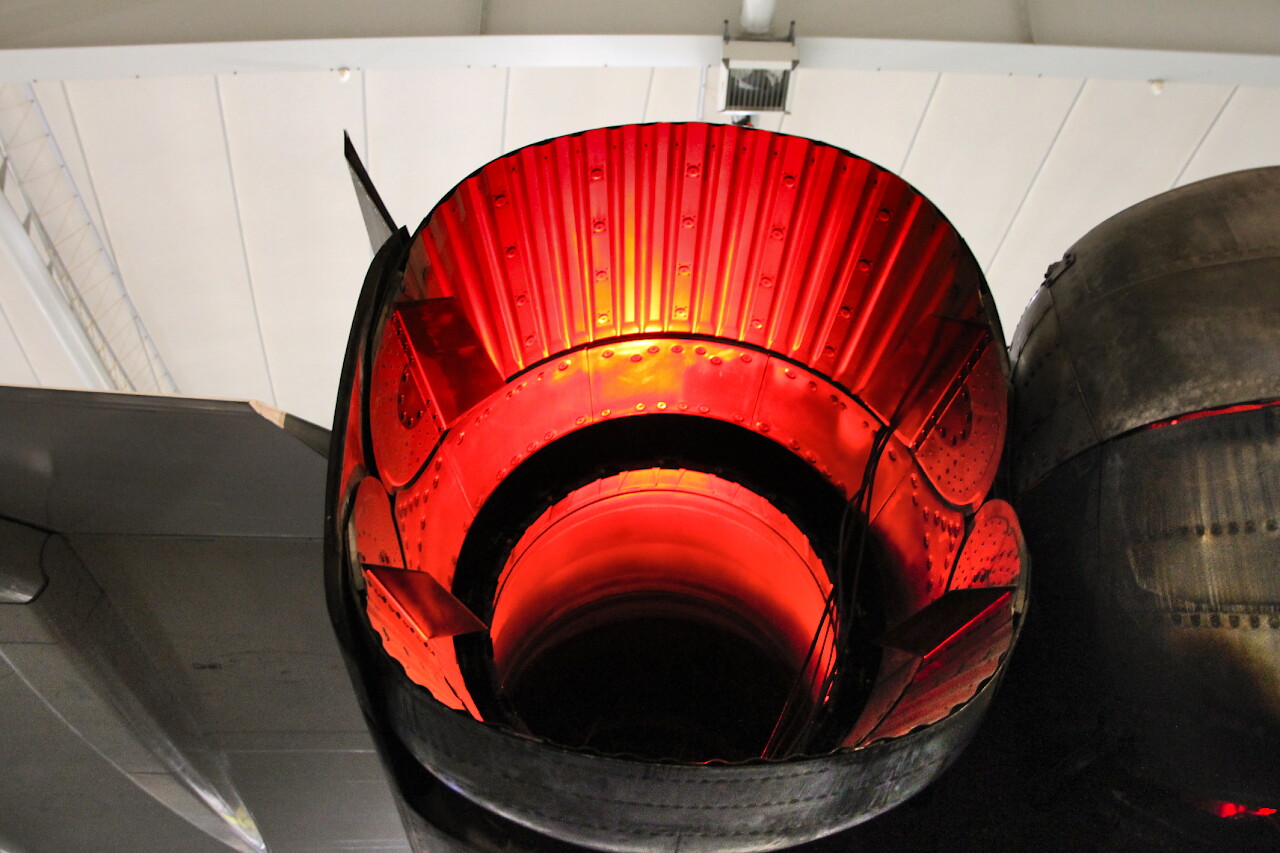
In the museum's bookstore (yes, this is not a souvenir shop, but a real aviation-inspired bookstore!) I bought a book about a famous airplane.
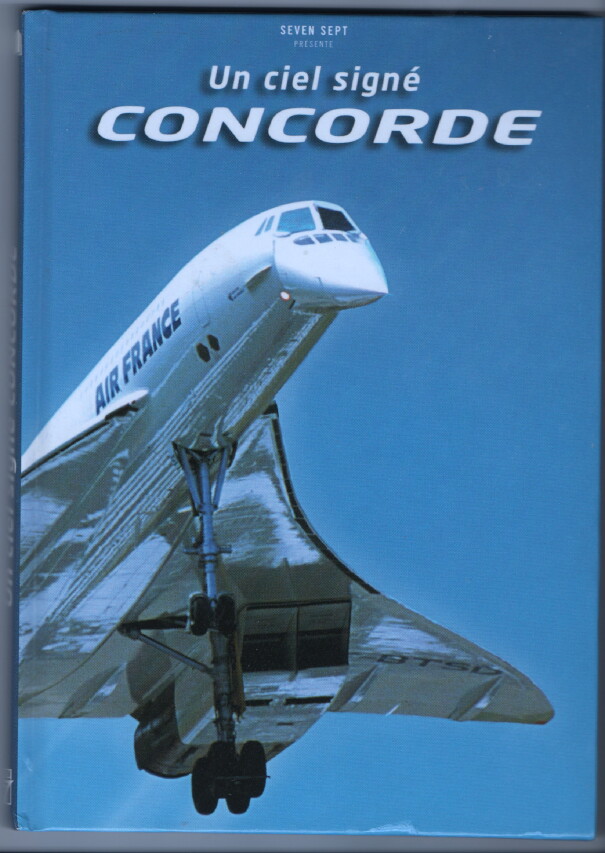
The book is in French, but many wonderful illustrations make its contents understandable without translation.
